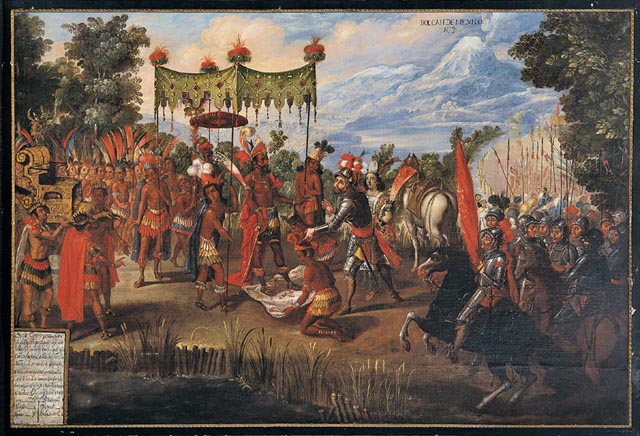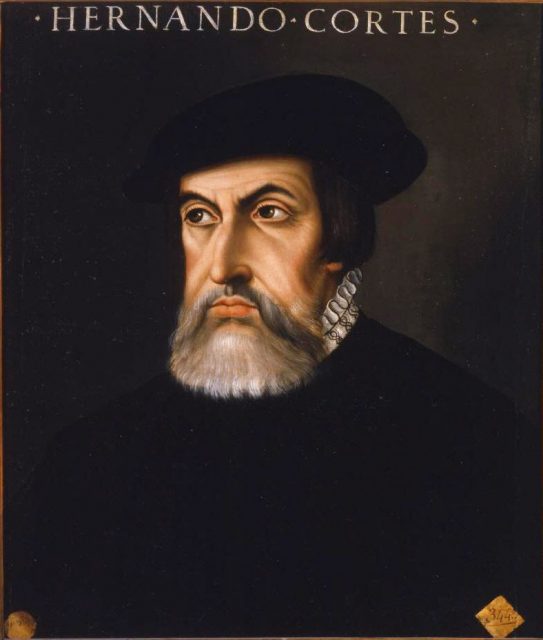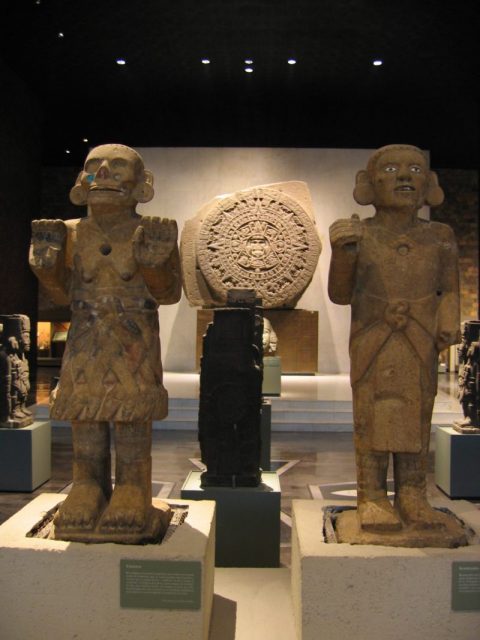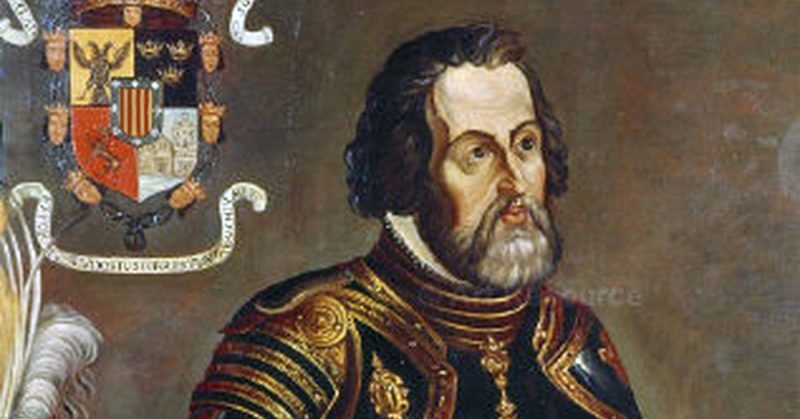There are few historical “facts” about the history of the settlement of North America that can be accepted without secondary scrutiny – in fact, it seems that in the study of these histories, the only thing that can be accepted as the absolute truth is its origin: history is written by the victor.
Where the history of Hernan Cortez’ defeat of Montezuma is concerned, according to Penn State University historian Dr. Matthew Restall, this fact is far more literal than proverbial. According to Restall’s latest work, When Montezuma Met Cortez, a great deal of the widely-accepted version of events bears revisiting with greater scrutiny.

His previous works, including Seven Myths of the Spanish Conquest, lead up to his latest interrogation of Cortez’ account.
Restall takes issue with both Cortez’ characterization of the natives and his presentation of himself. His latest work is an in-depth criticism of the sources of accepted accounts, from those of Cortez and his contemporaries to those voices that joined later in celebrating the conqueror’s clever subjugation of the natives he encountered.
Restall’s criticism of Cortez is understated but uncompromising: “he was an ordinary man of ordinary abilities” – hardly an insult, but an insult to the cult of personality that exists around the conquistador.
His criticism follows two particular paths in re-imagining the conquest of the Americas: first, exposing the thread of European Christian supremacy that underwrote what could arguably be called a gold rush, and secondly, taking another look at the tales of pagan savagery and human sacrifice that have been in circulation for centuries and their role in dehumanizing the conquered peoples.

Steeped in tales of Columbus’ discovery of North America and the riches that explorers had begun to discover, Cortez’ own exploits are said to begin with a desire for the fame and fortune enjoyed by his predecessors – at age 19, he set sail for Hispaniola, and seven years later in 1511 he joined Velasquez’ conquest of Cuba as a clerk before becoming mayor of Santiago.
In 1519, he convinced VelaVelasquezsquez to allow him to lead a mission to Mexico seeking even greater prizes. His initial desire, the story goes, was to convert the natives to Christianity and “civilize” them, but this desire was tempered by his subsequent discovery of the natives’ supposed affinity for human sacrifice.
The causal connection is not implied, but this would be a happy coincidence for the Spanish if the discovery of gold in the Americas were to take place at the same time as all sympathy for the conquered natives evaporated in the face of their innate savagery. What took place afterwards, Restall suggests, would today be called genocide.

Cortez soon rejected Velasquez’ authority as his Mexican adventure pushed onwards, and his first encounter with the Aztecs is a principal focus of Restall’s book. According to many historical sources, Cortez arrived at a particular moment in Aztec history at which they were expecting the arrival of Quetzalcoatl, the Aztec god of creation.
An assertion that bodes well for the virtue of Cortez’ subsequent butchery and enslavement of the Aztec city of Tenochtitlan. The subsequent smallpox epidemic is said to have helped quell any impetus to rebellion.

It is not difficult to see that historical coincidences, even in this small chapter of Cortez’ conquest, played a significant part in the ease with which the Americas were taken. This is true of the actual combat.
Though it’s not certain how much help the Spanish would have needed, approaching a civilization with less advanced weaponry, but certainly true of the justifications for the brutality of the conquest that unfolded to knit together the loose ends in Cortez’ beatification.
Restall, for his part, is skeptical of anything that builds the story into a myth – for him and many other scholars, the conquest was an unabashed massacre fuelled by delusions of white European supremacy.
